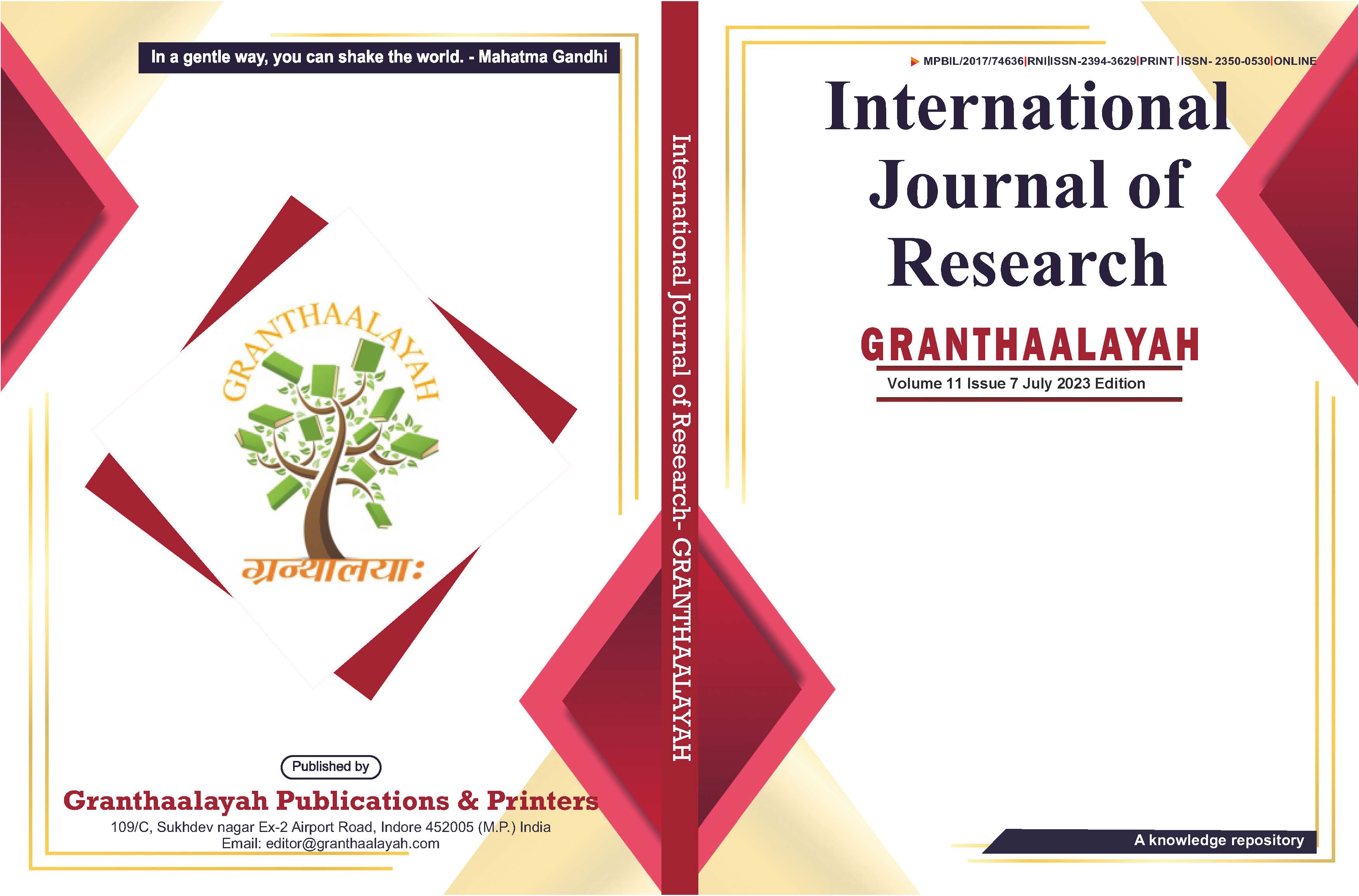TECHNICAL ARCHIVES AND CLASSIFICATION OF DOCUMENTS: AN APPLICATION MODEL FOR GRAPHIC MATERIAL
DOI:
https://doi.org/10.29121/granthaalayah.v11.i7.2023.5246Keywords:
Archives, Classification, DrawingsAbstract [English]
From the literature on the archives, it is possible to perceive different solicitations relative to an instrument, the classification, whose purpose, among others, is to simplify the recognition of the graphic material preserved within a Fund. Generally, a drawing presents distinctive peculiarities in reference to what comes depicted from it to the type of representation to which it appertains, to the purpose that it must achieve. Moreover, of course, all these aspects contribute to determining the class to which it belongs within a reorganization process related to documents produced by construction activities.
Therefore, the following exposition presents the methods and theoretical instruments used to treat information extracted from technical and project drawings.
Downloads
References
Alisio, G., Cantone, G., De Seta, C., and Scalvini, M.L. (1994). The Archive Drawings in Architecture History Studies (I Disegni d’archivio Negli Studi di Storia dell’ Architettura), Conference Proceedings, Italy, June 12-14, 1991, Electa.
Antuono, W. (1990). Technology, Drawing and Project (Tecnologia, Disegno e Progettazione) Marigliano : Italibri.
Carpeggiani, P., & Patetta, L. (1989). The Drawing of Architecture (Il Disegno di Architettura), Milano : Guerini.
Corti, L. (1999). Cultural Heritage and Their Cataloguing (I Beni Culturali e La Loro Catalogazione), Torino : Paravia.
De Simone, M. (1990). Drawing, Measuring, Project : the Drawing of Ideas, the Project of Things (Disegno, Rilievo, Progetto : Il Disegno Delle Idee, il Progetto Delle Cose), Roma : NIS.
Del Monaco, G. & Re, V. (1986). Electrotechnical and Electromechanical Drawing (Disegno Elettrotecnico ed Elettromeccanico), Milano : Delfino.
Guillerme, J. (1982). The Figuration in Architecture (La Figurazione in Architettura), Milano : Franco Angeli.
Massironi, M. (1989). See with Drawing : Technical, Cognitive, Communicative Aspects (Vedere Con Il Disegno : Aspetti Tecnici, Cognitivi, Comunicativi). Padova : Muzzio.
Mezzanotte, G., Mazzotta Buratti, A.C. (1980). Drawing Anthology for a Methodical of the Study and for a History of Project Drawing (Antologia Del Disegno. Per Una Metodica Dello Studio E Per Una Storia Del Disegno Di Progetto), Milano : CLUP.
Ministry of Cultural and Environmental Heritage (1999). Archives for the History of Science and Technology (Gli Archivi Per La Storia Della Scienza E Della Tecnica), Roma : Tipografia della pace.
Patetta, L. (2009). Writings on Architectural Drawing (Scritti sul disegno di architettura), Milano : Libraccio.
Piva, A., & Galliani, P. (2005). The Archives of the Project (Gli Archivi Del Progetto), Milano : Lybra.
Poggiali, G., & Bigi, G. (1983). Technical Drawing Elements : Principles and Design of Machines (Elementi Di Disegno Tecnico : Principi E Disegno Di Macchine) Bologna : Zanichelli.
Ratto, G., & Calloni, G. (1965). Reading and Interpretation of the Technical Drawing (Lettura ed Interpretazione Del Disegno Tecnico) Bergamo : Editrice San Marco.
Rovida, E. (1999). From Chisel to Mouse. Evolution and History of Technical Drawing (Dallo Scalpello al Mouse Evoluzione e Storia Del Disegno Tecnico), Torino : Paravia.
Vetriani, G., & Morabito, G. (1984). The Coordination of Project Documentation Through the Use of a Classification System (Il Coordinamento Della Documentazione Progettuale Mediante l'uso di un Sistema di Classificazione), Conference Proceedings, Italy, October 22, 1983, La Sapienza.
Published
How to Cite
Issue
Section
License
Copyright (c) 2023 Silvano Tozzo

This work is licensed under a Creative Commons Attribution 4.0 International License.
With the licence CC-BY, authors retain the copyright, allowing anyone to download, reuse, re-print, modify, distribute, and/or copy their contribution. The work must be properly attributed to its author.
It is not necessary to ask for further permission from the author or journal board.
This journal provides immediate open access to its content on the principle that making research freely available to the public supports a greater global exchange of knowledge.

























